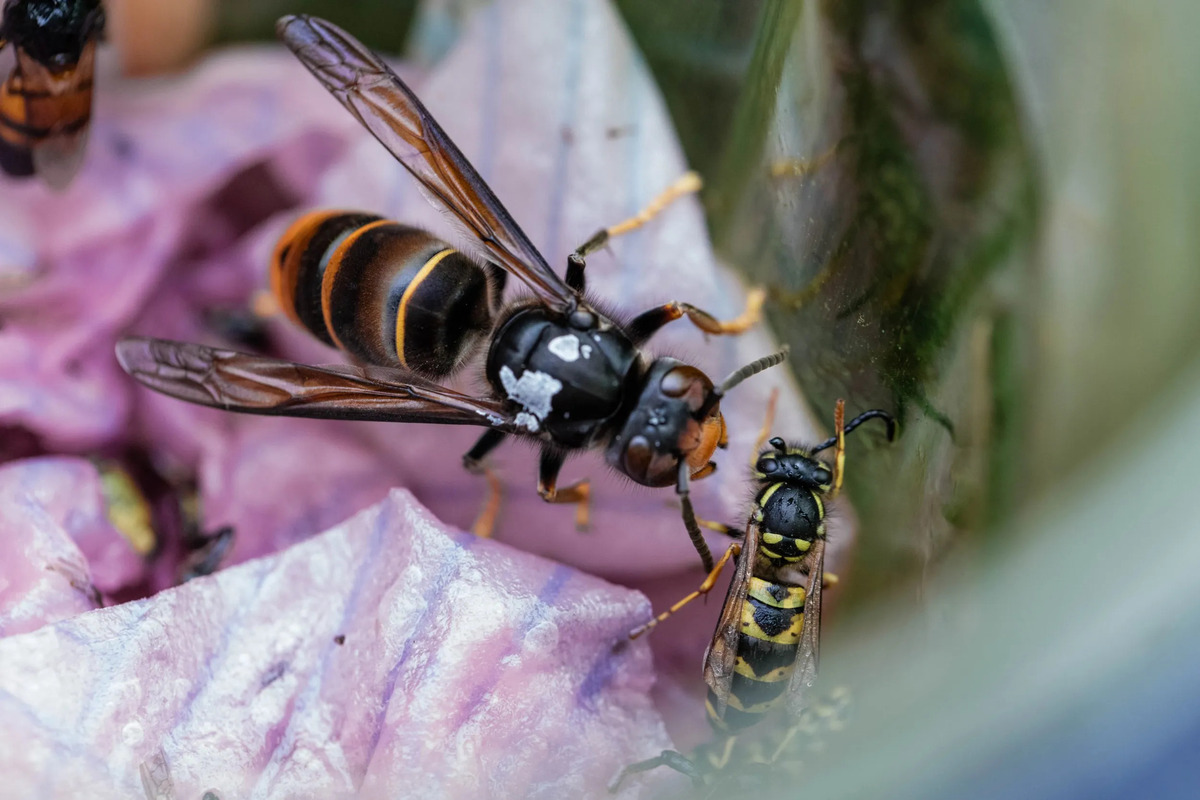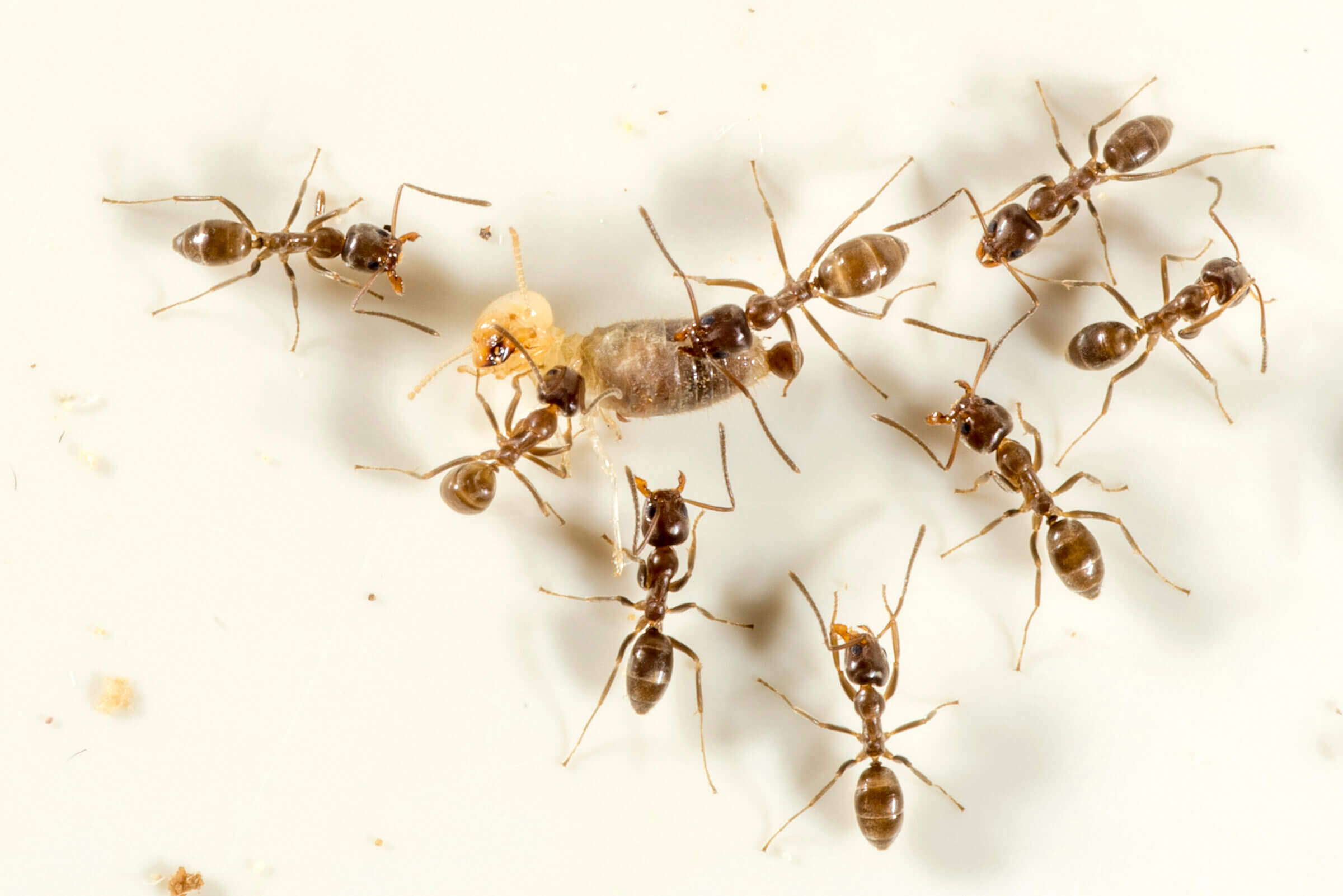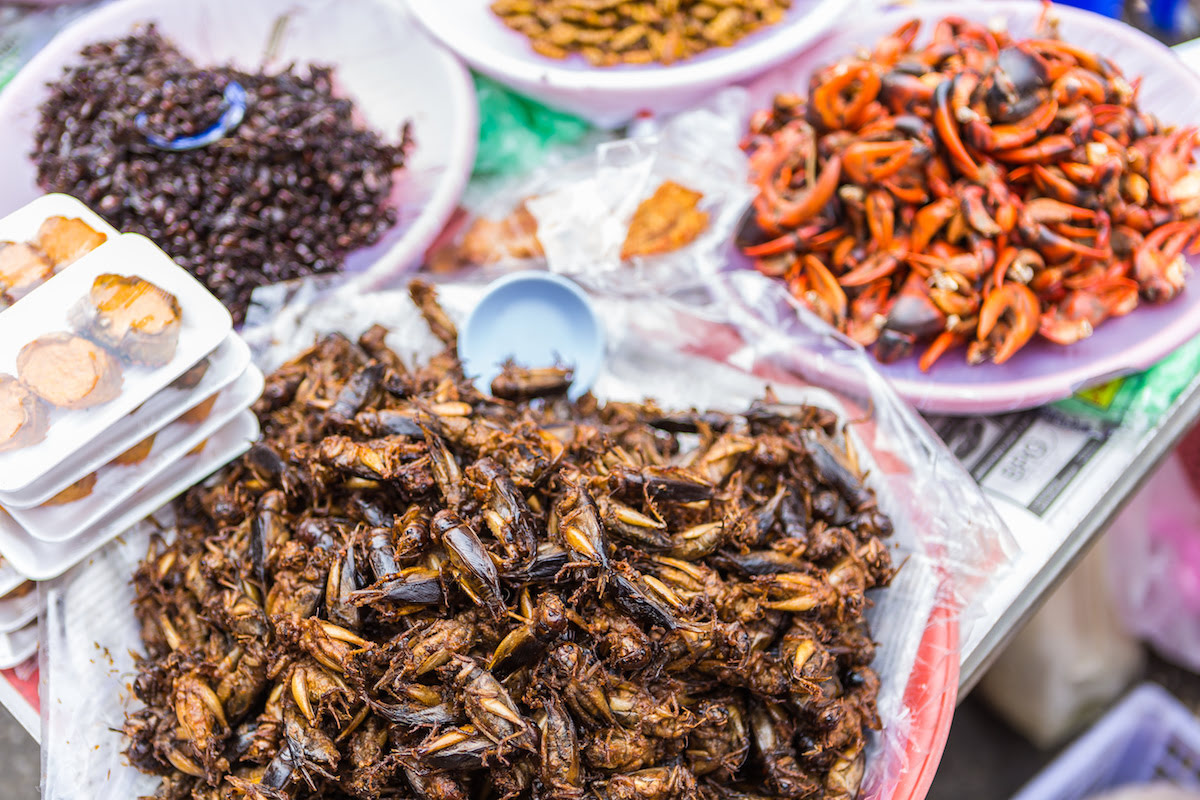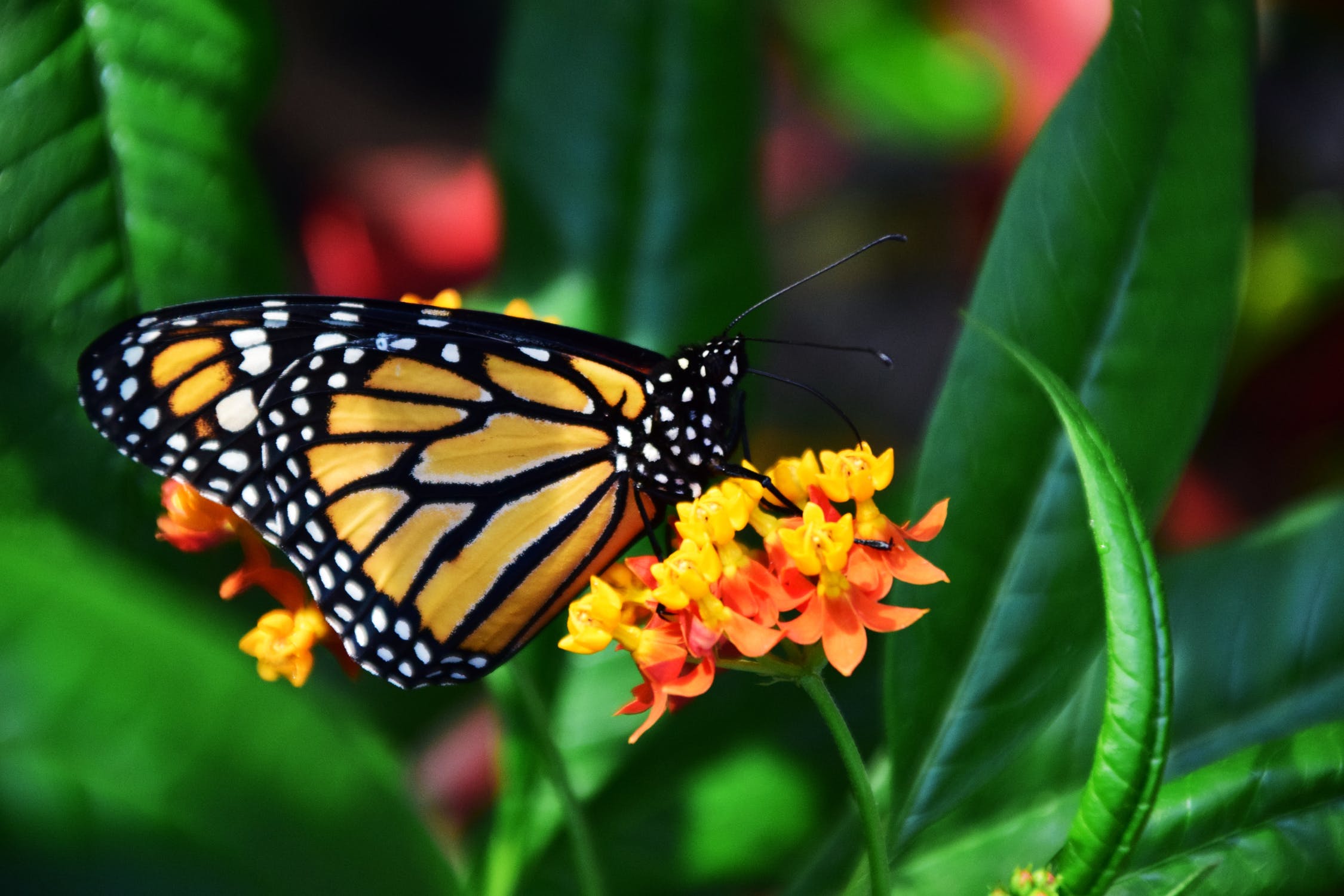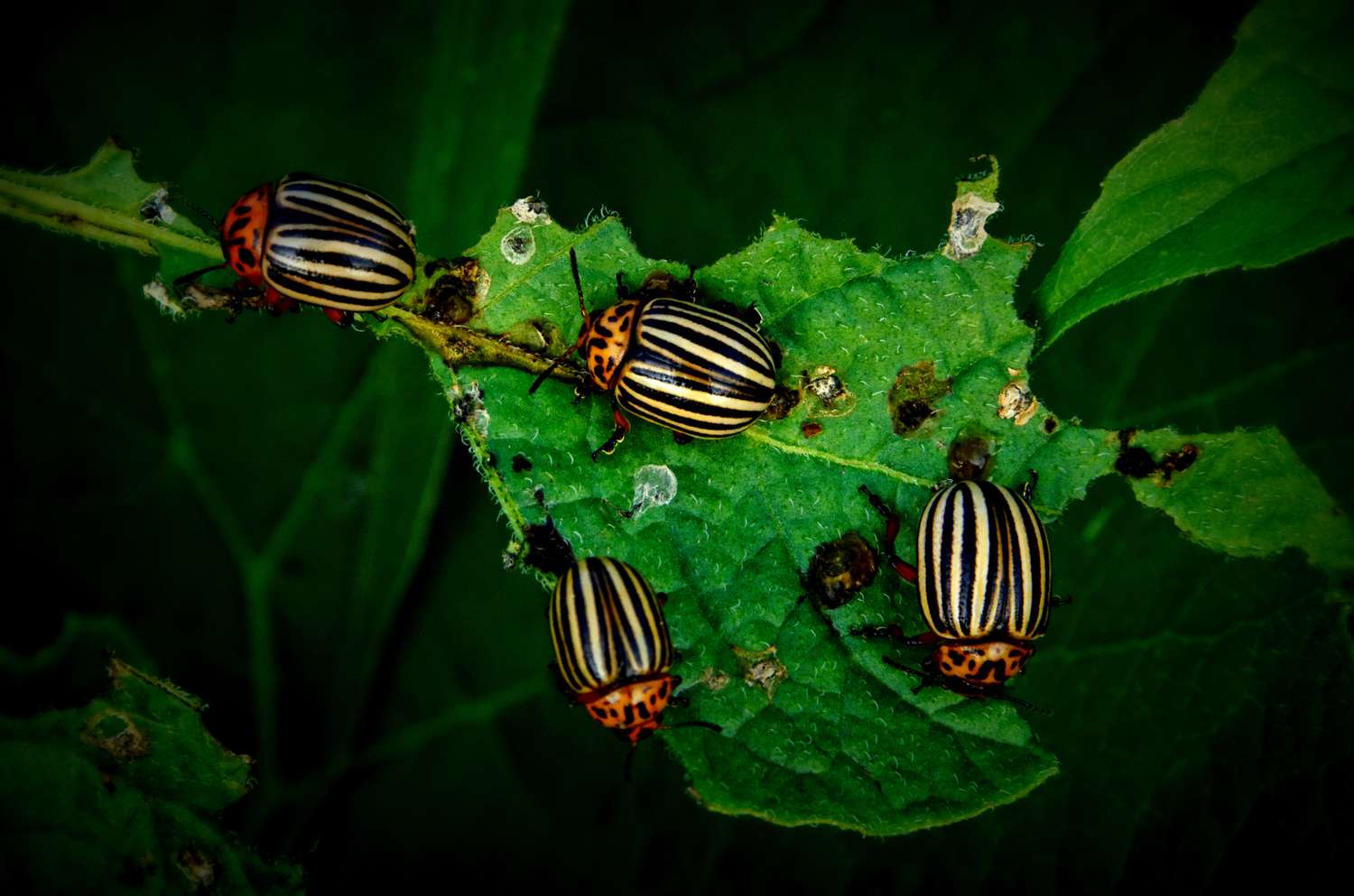Home>Gardening News and Trends>Latest News>What Insects Eat Strawberries
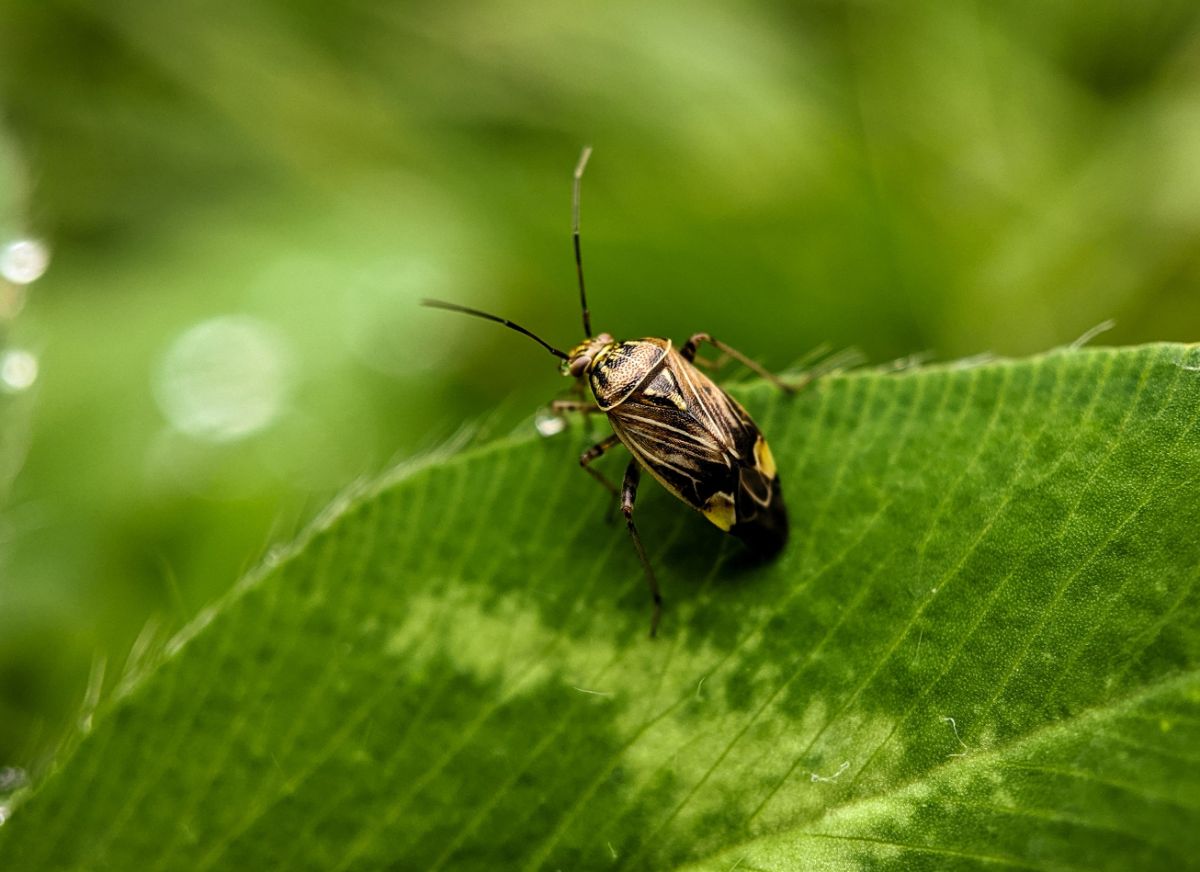

Latest News
What Insects Eat Strawberries
Modified: January 22, 2024
Stay up to date with the latest news on what insects eat strawberries. Learn how to protect your strawberry plants from these pesky pests.
(Many of the links in this article redirect to a specific reviewed product. Your purchase of these products through affiliate links helps to generate commission for Chicagolandgardening.com, at no extra cost. Learn more)
Table of Contents
Introduction
In the world of fruits and berries, strawberries hold a special place. Their vibrant color, succulent taste, and versatility make them a favorite among many. However, the journey from blossom to harvest is not always smooth, with various challenges that can impact strawberry crops. One significant challenge comes in the form of insects.
Insects are an integral part of our ecosystem and play a vital role in pollination and maintaining natural balance. However, some insects can pose a threat to strawberry farms by feeding on the plants and causing damage to the fruits. Understanding the insects that commonly affect strawberry crops and their feeding habits is crucial in developing effective pest management strategies.
This article explores the fascinating world of insects and their relationship with strawberries. We will delve into the importance of insects in strawberry farming and highlight the common insects found in strawberry fields. Additionally, we will examine the various natural and chemical control methods used to manage insect populations and protect strawberry crops. By gaining insight into the behavior and feeding habits of these insects, farmers can implement targeted approaches to mitigate the damage they cause.
So, join us as we journey into the world of insects and discover what they eat in strawberry fields. Let’s explore the strategies that farmers can employ to protect and preserve the bountiful harvest of these delectable berries.
The Importance of Insects in Strawberry Farms
Insects play a critical role in the success of strawberry farms. Their presence and activities contribute to the pollination process, which is essential for the production of strawberries. As pollinators, insects, such as bees, transfer pollen from the male parts of the flower to the female parts, enabling fertilization and the formation of fruit.
Without insects, strawberries would face significant challenges in their reproduction process. While wind and other natural factors can aid in pollination to some extent, insects are highly efficient pollinators that ensure a higher fruit yield and quality. Their activities increase the chances of successful fertilization, resulting in plumper and more flavorful strawberries.
Moreover, insects also play a crucial role in maintaining the ecological balance in strawberry farms. They serve as a food source for other organisms, such as birds and small mammals, which helps sustain the overall biodiversity of the farm. Insects also contribute to the breakdown of organic matter and nutrient recycling, creating a healthier soil environment for strawberry plants.
Furthermore, certain beneficial insects act as natural predators, helping to control the populations of harmful pests in strawberry fields. Ladybugs, lacewings, and predatory mites are examples of insects that prey on common pests like aphids and spider mites. Incorporating practices that support the presence of these beneficial insects can reduce the need for chemical pesticides and promote sustainable farming methods.
In summary, insects are essential for the successful cultivation of strawberries. Their role in pollination, ecosystem balance, and natural pest control cannot be overlooked. It is crucial for farmers to understand and appreciate the importance of insects in strawberry farms, and to implement practices that support their presence and well-being.
Common Insects Found in Strawberry Fields
Strawberry fields are home to a variety of insects, both beneficial and detrimental to the crop. Understanding the common insects found in these fields is crucial for effective pest management. Let’s explore some of the most prevalent insects encountered in strawberry farms.
- Aphids: These small, soft-bodied insects are commonly found on the undersides of strawberry leaves. They feed on plant sap and can reproduce rapidly, causing stunted growth and deformed leaves. Aphids secrete a sticky substance known as honeydew, which promotes the growth of sooty mold on the plant.
- Spiders: Spiders are not insects, but they are important predators in strawberry fields. They help control the population of harmful insects, such as aphids and mites, by trapping and consuming them.
- Strawberry Sap Beetles: These small, dark-colored beetles feed on ripe and overripe strawberries, causing damage to fruits. They are often attracted to the fermenting juice emitted by damaged or rotting berries.
- Thrips: Thrips are tiny insects that pierce the surface of strawberry fruits and feed on the plant sap. They can cause scarring and discoloration on the fruit, making it less marketable.
- Leafhoppers: Leafhoppers are small, agile insects that feed on the sap of strawberry plants. They can transmit plant diseases as they move from one plant to another, causing significant damage to the crop.
- Wireworms: Wireworms are the larvae of click beetles and are commonly found in strawberry fields. They feed on the roots and underground parts of the plants, leading to poor growth and development.
These are just a few examples of the insects that can impact strawberry crops. It is important for farmers to monitor their fields regularly and implement appropriate pest management strategies to minimize the damage caused by these insects. By understanding the behavior and feeding habits of these insects, farmers can make informed decisions regarding pest control measures.
Insects that Feed on Strawberry Plants
Various insects pose a threat to the health of strawberry plants by feeding on their foliage, stems, and fruits. Identifying these insects and understanding their feeding habits is crucial in implementing effective pest management strategies. Let’s explore some of the common insects that feed on strawberry plants:
- Strawberry Crown Borers: These small, white larvae bore into the crown and roots of strawberry plants, causing wilting, stunted growth, and eventually plant death. Infested plants often show signs of damage, such as chewed roots and entry holes in the crown.
- Strawberry Bud Weevils: Adult weevils feed on the developing buds of strawberry plants, causing them to become deformed and fail to produce normal flowers. The larvae feed on the fruit, resulting in reduced quality and yield.
- Strawberry Root Weevils: These weevils feed on the roots of strawberry plants, causing stunted growth, wilting, and eventual plant death. The larvae are particularly damaging as they feed on the roots, leading to a decline in plant health.
- Strawberry Leafrollers: The larvae of these moths web together strawberry leaves, creating shelters where they feed on the foliage. This feeding behavior can lead to the destruction of leaves and a reduction in plant vigor.
- Strawberry Crown Moths: The larvae of these moths feed on the crown and roots of strawberry plants. They tunnel into the plant tissues, causing wilting, root damage, and plant decline.
- Japanese Beetles: These beetles are known to feed on the foliage and flowers of strawberry plants. They skeletonize the leaves, leaving a lacy appearance, and can reduce plant vitality if their populations are not effectively controlled.
These are just a few examples of the insects that feed on strawberry plants. It is essential for farmers to regularly monitor their fields for signs of infestation and implement appropriate pest control measures. Integrated pest management techniques, such as the use of beneficial insects, row covers, and targeted applications of insecticides, can help minimize the damage caused by these feeding insects while ensuring the health and productivity of strawberry plants.
Damage Caused by Insects to Strawberry Crops
Insects can cause significant damage to strawberry crops, affecting both the quality and yield of the fruits. Their feeding habits and destructive behaviors can lead to various problems for farmers. Let’s explore the potential impact of insects on strawberry crops:
- Reduced Yield: Insects, such as aphids and thrips, feed on the sap of strawberry plants, depriving them of essential nutrients. This can result in stunted growth, reduced fruit set, and ultimately, a decrease in overall yield.
- Deformed Fruits: Some insects, like strawberry bud weevils, can cause deformities in the developing buds and fruits. The feeding damage disrupts the natural growth of the fruit, resulting in misshapen berries that are less marketable.
- Fruit Loss: Insects, such as strawberry sap beetles and birds, are attracted to ripe and overripe strawberries. They can cause physical damage to the fruits, leading to significant losses if not promptly addressed.
- Spread of Diseases: Certain insects, like leafhoppers and aphids, can transmit plant diseases as they feed. This increases the risk of fungal and viral infections, which can further compromise the health and productivity of strawberry plants.
- Foliage Damage: Insects that feed on strawberry foliage, such as strawberry leafrollers, can defoliate the plants. This weakens the plants and reduces their ability to carry out photosynthesis, negatively impacting their overall health.
- Root Damage: Insects like strawberry crown borers and root weevils attack the crown and roots of strawberry plants. This can lead to compromised root systems, poor nutrient absorption, and eventual plant decline.
The cumulative effect of these insect-related issues can result in significant economic losses for strawberry farmers. In addition to the direct impact on yield and quality, the presence of insects can also necessitate the use of chemical pesticides or other control measures, further adding to production costs and potential environmental concerns.
By implementing proactive pest management strategies and monitoring their fields closely, farmers can minimize the damage caused by insects and ensure the health and productivity of their strawberry crops.
Natural Pest Control Methods
Developing effective pest management strategies is crucial for maintaining the health and productivity of strawberry crops. While chemical pesticides are commonly used, there is also a growing focus on natural and sustainable pest control methods. Let’s explore some of the natural approaches that can help control pests in strawberry fields:
- Biological Control: Biological control involves the use of beneficial insects and organisms to control pest populations. For example, farmers can introduce predatory insects like ladybugs and lacewings that feed on pests such as aphids and thrips. This natural approach reduces the reliance on chemical pesticides and promotes ecosystem balance.
- Row Covers: Physical barriers like row covers can be used to prevent insect pests from accessing strawberry plants. These covers create a protective barrier while allowing air, water, and sunlight to penetrate. Row covers are particularly effective against flying insects such as strawberry sap beetles and certain moth larvae.
- Trap Crops: Planting trap crops, such as marigolds or radishes, near strawberry fields can divert pests away from the main crop. These sacrificial plants attract pests and can be used as a monitoring tool, making it easier to identify and manage pest populations.
- Cultural Practices: Adhering to good cultural practices can help prevent pest infestations. This includes proper spacing between plants to improve air circulation, regular pruning to remove infected plant parts, and proper sanitation to eliminate breeding grounds for pests.
- Companion Planting: Planting companion plants that repel or deter pests can be beneficial. For example, planting garlic or chives around strawberry plants can help deter aphids. Similarly, planting herbs like basil or rosemary can repel certain insects.
- Organic Insecticides: Organic insecticides derived from natural sources, such as neem oil or insecticidal soaps, can be used as a targeted approach to control pest populations. These substances pose fewer risks to beneficial insects and have less impact on the environment compared to synthetic chemical pesticides.
Implementing a combination of these natural pest control methods can help reduce the reliance on chemical pesticides while effectively managing pests in strawberry fields. However, it is important to note that natural methods may require more frequent monitoring and intervention compared to chemical control methods. Regular observation, proper timing, and a comprehensive understanding of pest behavior are key to successfully implementing natural pest control strategies.
Chemical Control Methods
Chemical control methods are commonly used in strawberry farming to manage pest populations and protect the crop. While there is a growing interest in natural and sustainable pest control, chemical pesticides can still play a role in integrated pest management strategies. Let’s explore some of the chemical control methods used in strawberry fields:
- Insecticides: Insecticides are chemical compounds designed to specifically target and kill insects. They can be applied as sprays or dusts, and can effectively control a wide range of pests in strawberry crops. However, it is important to carefully select and apply insecticides according to label instructions and with consideration for their potential impact on non-target organisms and the environment.
- Fungicides: Fungal diseases can pose a significant threat to strawberry plants. Fungicides are chemical substances used to control or prevent the spread of fungal infections. They can be applied as preventive or curative treatments, depending on the specific disease and stage of infection. Like insecticides, proper use and application of fungicides are important to ensure their efficacy and minimize the risk of environmental contamination.
- Herbicides: Weeds compete with strawberry plants for resources such as sunlight, water, and nutrients. Herbicides are chemical formulations designed to control unwanted weeds. They can be applied pre-emergence to prevent weed growth or post-emergence to kill existing weeds. It is essential to select herbicides that are labeled for use in strawberry fields and apply them carefully to avoid damage to the crop.
- Adjuvants: Adjuvants are substances added to pesticide formulations to enhance their effectiveness, improve their spread and penetration, or reduce drift and environmental impact. They can help improve the adhesion, coverage, and absorption of pesticides on plant surfaces.
When using chemical control methods, it is important to follow proper application techniques to ensure maximum effectiveness and minimize potential risks. This includes adhering to recommended dosage rates, wearing appropriate protective gear, and following instructions regarding timing and re-entry intervals.
Furthermore, it is essential to keep updated with the latest regulations and guidelines regarding the use of chemical control methods. Sustainable pesticide management practices, such as integrated pest management, aim to reduce the reliance on chemical pesticides and promote the responsible use of these substances.
Ultimately, the use of chemical control methods should be part of an integrated approach that includes cultural practices, natural pest control methods, and regular monitoring. By implementing a comprehensive and well-balanced pest management strategy, farmers can effectively protect their strawberry crops while minimizing the impact on the environment and promoting sustainable agricultural practices.
Conclusion
Strawberries are a beloved fruit known for their sweet and tangy flavor. To ensure the successful cultivation of these delectable berries, it is essential to understand the role insects play in strawberry farming and the potential challenges they can pose.
Insects, both beneficial and detrimental, are integral to the ecosystem of strawberry fields. Beneficial insects aid in pollination, natural pest control, and soil health, while harmful insects can damage plants, reduce yield, and spread diseases.
By recognizing the common insects found in strawberry fields and understanding their feeding habits, farmers can implement targeted pest management strategies. Natural methods, such as biological controls, row covers, and cultural practices, can help minimize the impact of pests on strawberry crops while promoting sustainability and biodiversity.
Chemical control methods, including insecticides, fungicides, and herbicides, also play a role in managing pest populations. However, their use must be carefully considered and integrated with other pest control methods to minimize environmental impact and ensure responsible pesticide management.
Ultimately, a comprehensive approach that combines natural and chemical pest control methods, along with regular monitoring and cultural practices, is the key to a healthy and productive strawberry crop. By maintaining a balance between pest control and ecosystem preservation, farmers can protect their strawberries and provide consumers with delicious, high-quality fruits.
So, the next time you enjoy a juicy strawberry, remember the vital role insects play in its cultivation. From pollination to pest control, these fascinating creatures contribute to the flavorful and bountiful harvest that we all savor.

